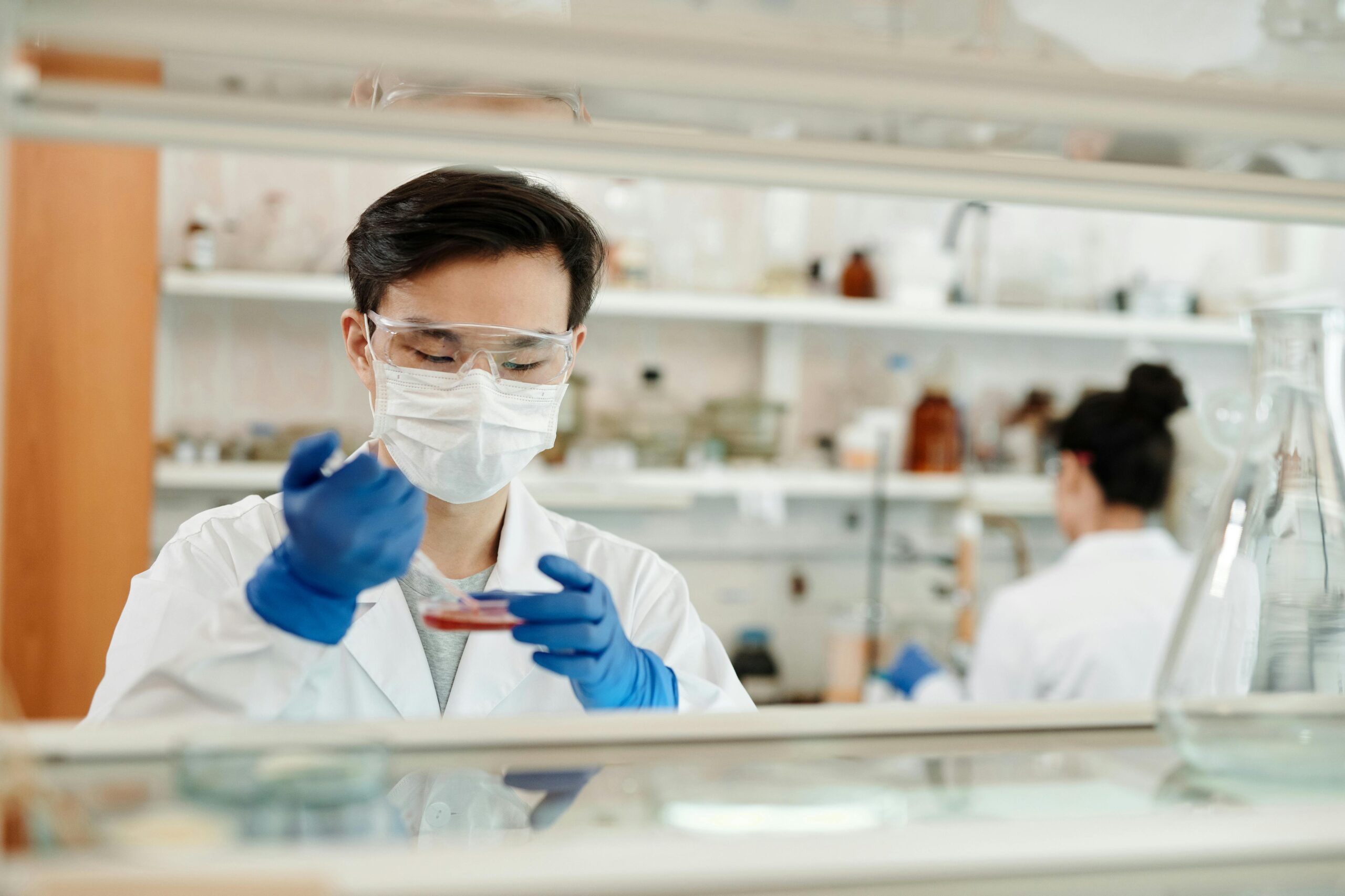Summary: An overview of the Biotech Renaissance, its origins, and its significance in the modern world. Key Points:
- Definition and historical context
- Major breakthroughs and milestones
- Importance to society and future implications
The Biotech Renaissance refers to the current era of unprecedented advancements and innovation in biotechnology. This period is marked by significant breakthroughs in genetic engineering, synthetic biology, and bioinformatics, driven by the convergence of biological sciences and cutting-edge technologies. Historically, biotechnology has evolved from early agricultural practices to the discovery of DNA’s structure and the development of recombinant DNA technology in the 20th century. Today’s Biotech Renaissance is characterized by rapid progress in gene editing, such as CRISPR-Cas9, and the growing field of personalized medicine.
This renaissance is profoundly impacting various aspects of society, from healthcare and agriculture to environmental sustainability and industrial processes. Major milestones include the Human Genome Project, advancements in stem cell research, and the development of targeted therapies for diseases like cancer. The implications for the future are vast, promising improved quality of life, increased agricultural yields, and innovative solutions to global challenges such as climate change and food security. As we continue to explore and harness the potential of biotechnology, the Biotech Renaissance stands as a beacon of scientific progress and its transformative power.
Biotech Startups Leading the Charge
Summary: Highlighting some of the most influential biotech startups and their contributions. Key Points:
- Notable companies and their innovative projects
- Funding and investment trends
- Success stories and industry impact
Impact of the Biotech Renaissance on Healthcare
Summary: How biotechnology is revolutionizing healthcare and medical treatments. Key Points:
- Personalized medicine
- Regenerative medicine and tissue engineering
- Advances in diagnostics and drug development

